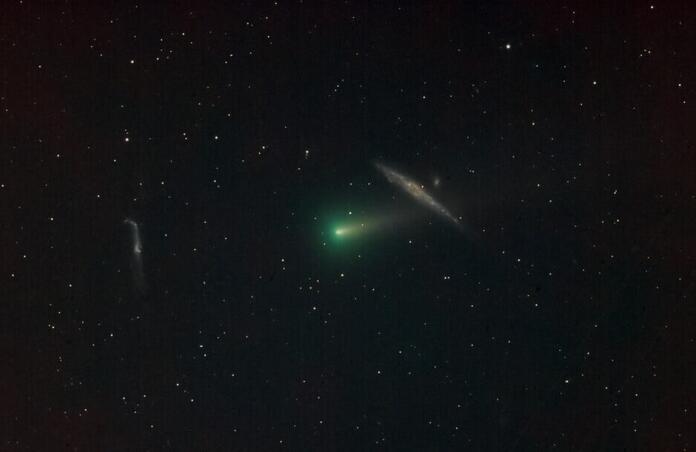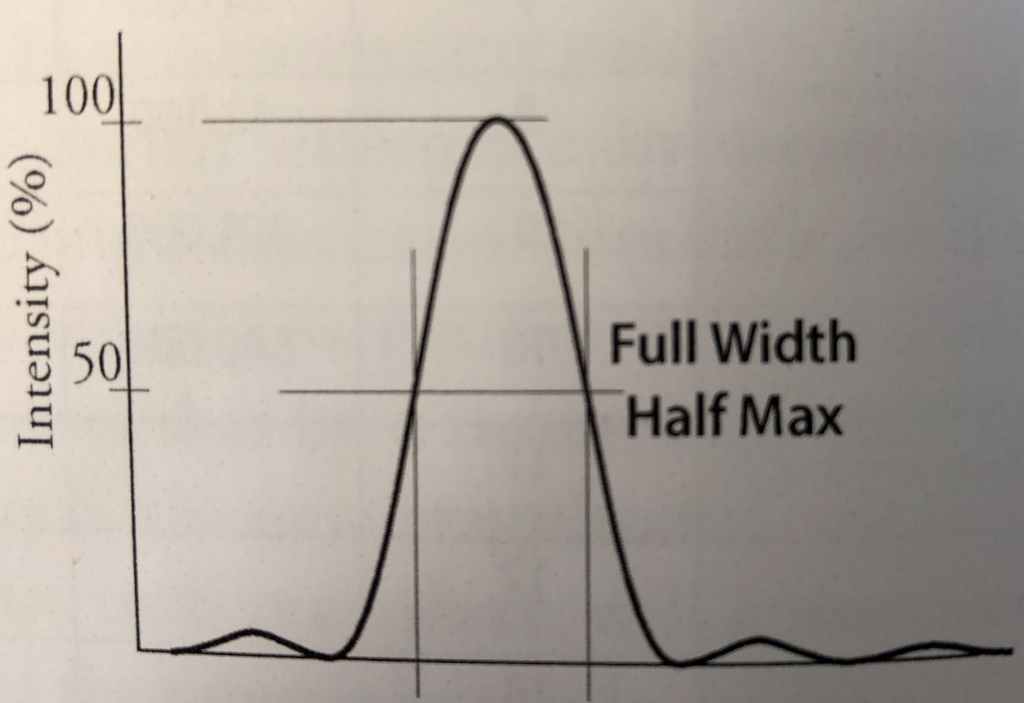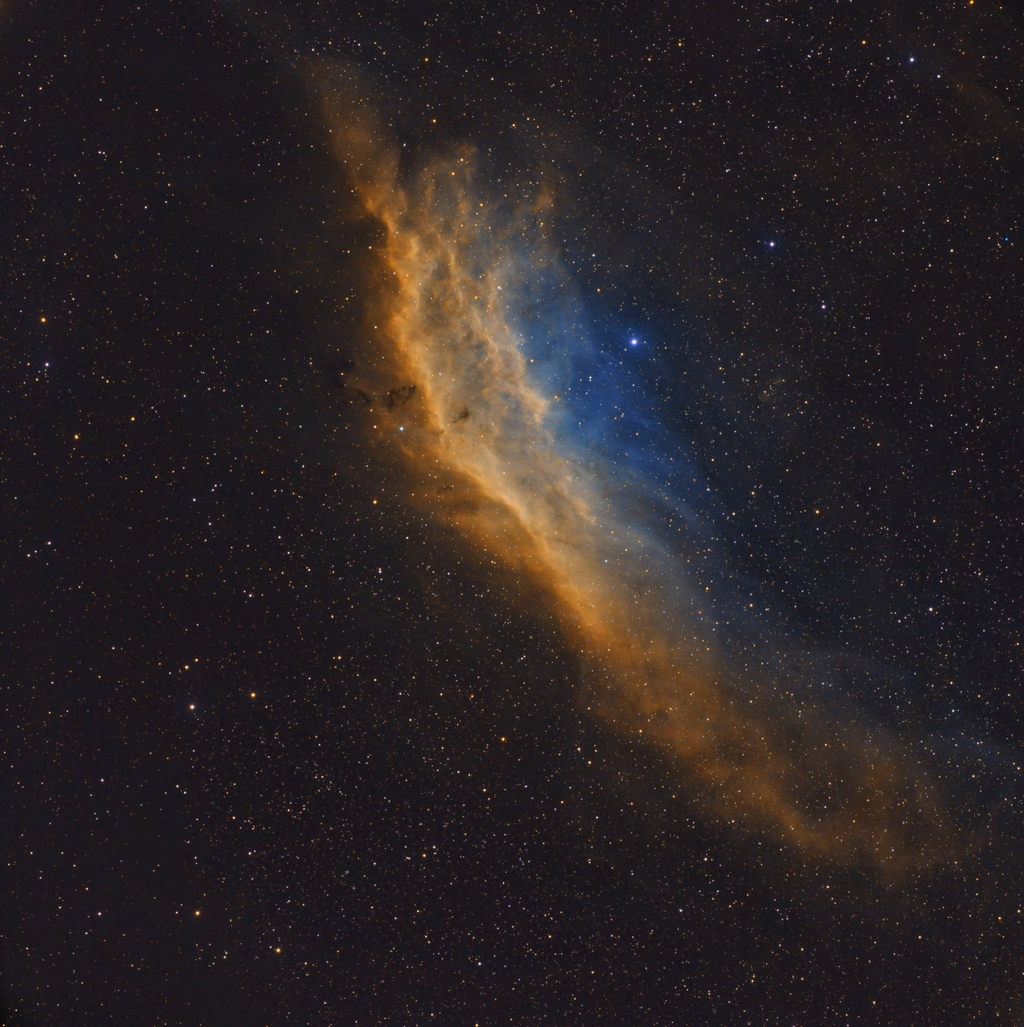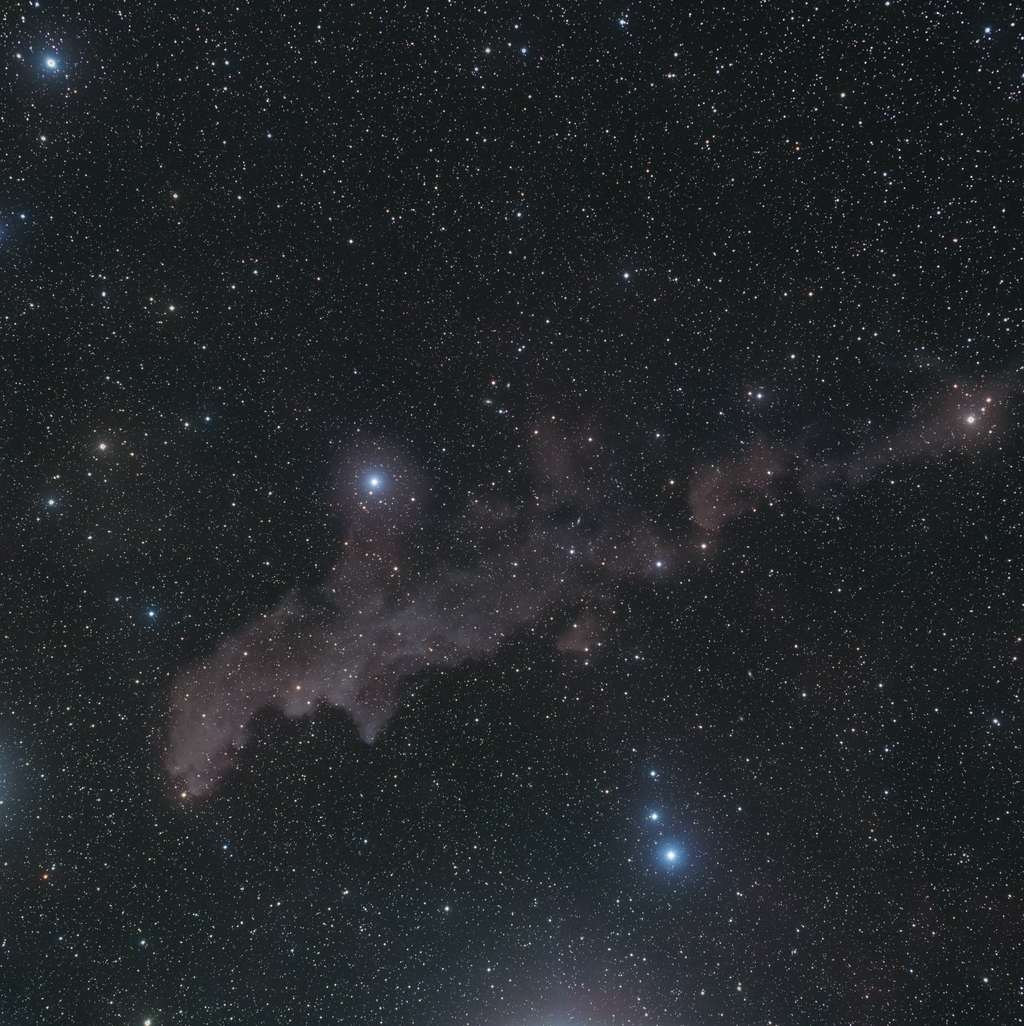How does auto-focusing in Sequence Generator Pro work?

Being astro imagers, over time we've developed good problem solving skills. We've had to in order to be competent doing this kind of thing. Just taking the simplest of images of the night sky is loaded with plenty of opportunities for things to go wrong, and when they do you have to be able to figure out how to solve the problem and move on. In order to solve the problems you’re constantly confronted with or you just want to avoid means you have to understand how things work (or at least how they’re supposed to work in theory).
My latest an example of an issue I’ve been trying to resolve is getting auto focusing to work in Sequence Generator Pro. Specifically, trying to determine the correct focuser step size to input into the program. On the way to solving this issue, I learned from the SGP manual that the system uses an algorithm to measure the Half Flux Radius (HFR) of a star to get optimum focus. I was familiar with Full Width Half Maximum (FWHM) which is generally used with several image capture programs and with PHD-2 Guiding but did not have much of an idea about HFR. So, time to share what I’ve learned here.

Full-Width Half Maximum (FWHM) as it is normally known is a measure of a star’s brightness and how its light is distributed. Basically, instead of a star being a point light source, it’s light is diffracted due to our atmosphere and can appear as an irregular type of spot in our optics. What FWHM does is, looking at a side view of the light cone formed from the light rays of the star hitting the earth, plot a line from the star down to the bottom of the light distribution/diffusion which is what is distributed on our camera sensor. If you cut this cone in half, you can look at the pixel of the camera sensor in the position where the light photon value drops in half the intensity of the peak value. The diameter of the circle of the cone at this half distance is the FWHM. Focus algorithms using FWHM assume that the best focus for imaging equipment happens when this value is minimized.
The Half Flux Radius (HFR) or sometimes called Half Flux Diameter (HFD) is a measure of the diameter around the peak of the star minus the background. It is the point where the sum of the pixel values inside the circle is the same as is outside the circle. It relies on the integration of actual pixel values and not on point values. This is the method that SGP relies on for focusing; it consumes more computation time from your computer but apparently it is much more accurate than FWHM and is better at handling noise an other issues.
Stay safe and get your neighbors to turn off their lights at night and convince them to join in the fun….

processed by Reggie Jones November 2021.

Processed by Reggie Jones
Image Credits
A Recent image of Comet Leonard with Hockey Stick Galaxy - RGB; Posted on the Astro-Physics Group io website.
This blog post was originally published in our Telescope Live Community.
The Community represents Telescope Live's virtual living room, where people exchange ideas and questions around astrophotography and astronomy.
Join the conversation now to find out more about astrophotography and to improve your observation and post-processing skills!
